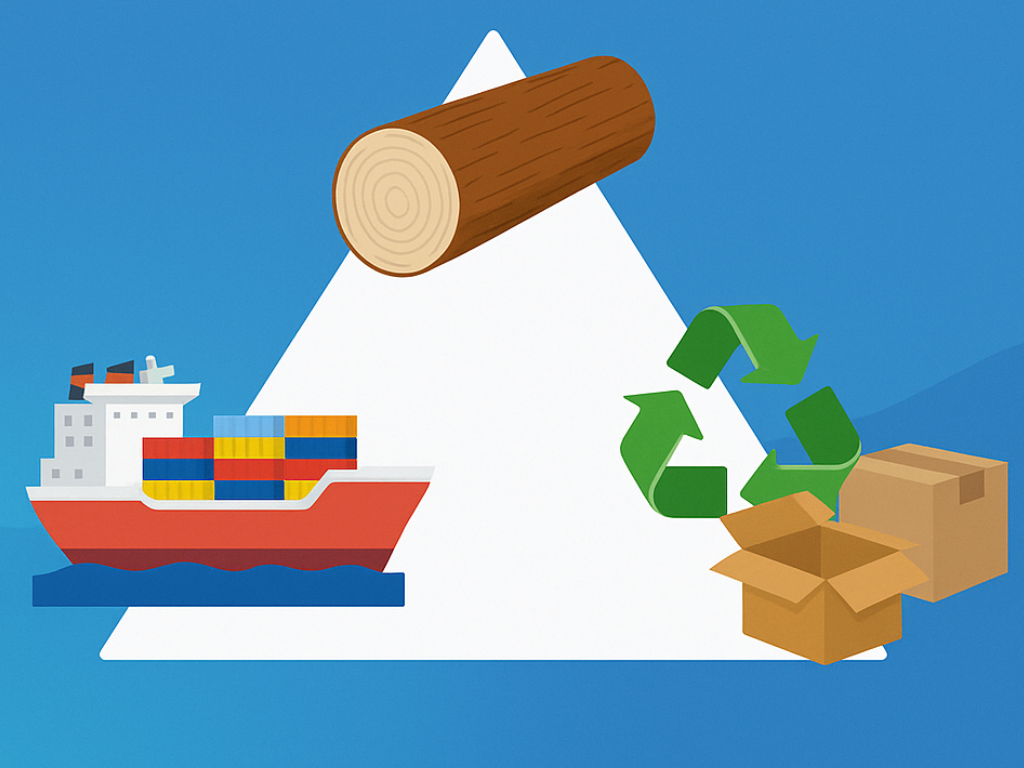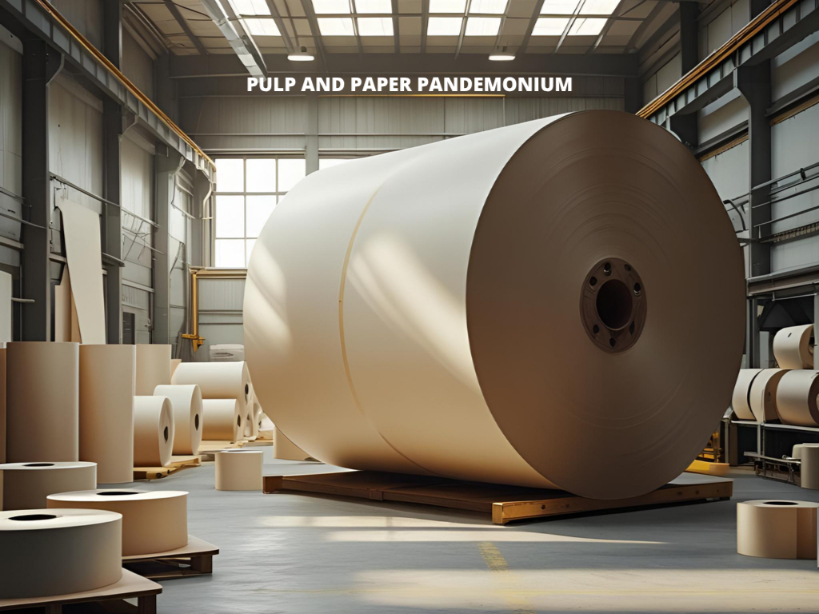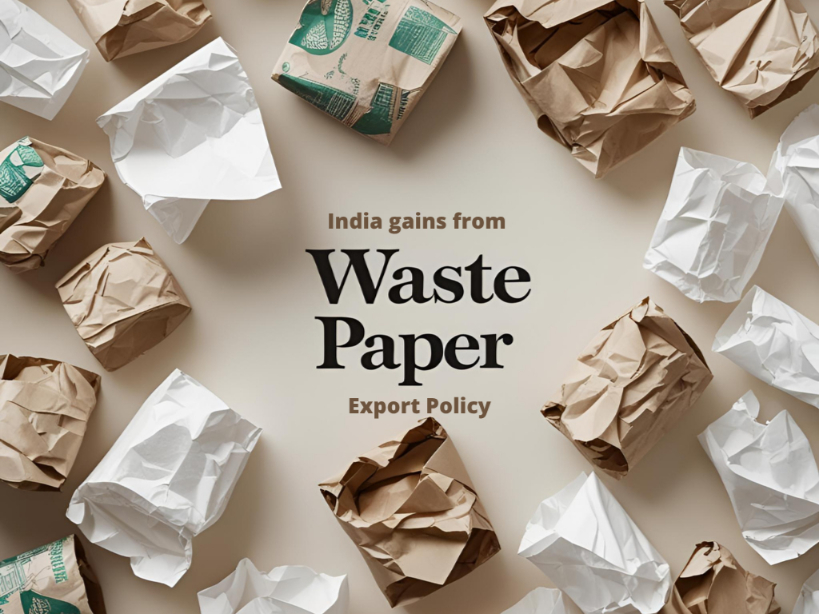FREIGHT, PULP & RECYCLED FIBER: A TRICKY TRIANGLE FOR 2025
As we cross into the second half of 2025, the global fiber industry finds itself in the thick of disruption. Shaky pulp fundamentals and erratic freight costs are sending signals that those in the recycled fiber market can no longer ignore.
From price instability to shipping bottlenecks, the ripple effects are reshaping how buyers, converters, and traders approach recovered paper procurement. Let’s decode the latest trends and what they could mean for the months ahead.
VIRGIN PULP MARKETS ARE UNDER PRESSURE
Global pulp markets remain on uncertain ground. Analysts from Portal Celulose note sluggish demand recovery, excessive inventory buildup, and faltering price momentum, especially in Asian markets. Even as some mills attempt to hold prices firm, oversupply is capping any meaningful upward movement.
Why does this matter to recycled fiber?
Recycled fiber often competes directly with virgin pulp as a substitute furnish, especially for packaging grades. When pulp prices fall, buyers with flexible sourcing strategies may pivot toward virgin grades, reducing short-term demand for recovered paper.
Yet this volatility cuts both ways. While softening pulp prices may undercut recycled fiber’s price advantage, they also introduce new risk for buyers dependent on consistent inputs. In uncertain markets, the stable availability and growing traceability of recycled fiber may actually work in its favor.
FREIGHT DISRUPTIONS ADD TO MARKET COMPLEXITY
If pulp price uncertainty wasn’t enough, global freight instability is turning up the pressure.
Ongoing geopolitical tensions in the Red Sea and surrounding regions, including new threats to the Strait of Hormuz, have strained shipping routes and sent logistics costs soaring. Ocean freight surcharges and insurance premiums are climbing sharply, and many carriers are responding with blank sailings or last-minute route adjustments.
For exporters of OCC, mixed paper, and other recovered grades, especially from Europe and North America into Asia, this means higher transport costs, longer lead times, and more unpredictable scheduling.
These logistical risks are especially challenging in a margin-sensitive business like recycled fiber. Delays and extra fees can quickly make shipments uneconomical, putting strain on both traders and mill procurement teams.
INTELLIGENCE MATTERS MORE THAN EVER
The bigger picture here is clear: the recycled fiber market is no longer driven purely by traditional supply and demand. It’s being shaped by a complex web of external forces, from pulp pricing and freight volatility to currency shifts and regional policies.
To thrive in this environment, recycled fiber stakeholders need more than just transactional data. They need forward-looking intelligence, market visibility, and decision-making tools built for volatility.
WHAT TO WATCH MOVING FORWARD
As the global packaging sector continues evolving, three critical areas should remain on your radar:
- Pulp price movement in the second half of 2025, especially from key producers in Asia and Latin America.
- Geopolitical flashpoints affecting long-haul freight, particularly in the Middle East.
- Import/export patterns for recovered grades, with a focus on India, China, and Southeast Asia.
While the recycled fiber market is not immune to global shocks, it’s also uniquely positioned to benefit from supply chain diversification and growing sustainability demand. Those who invest in visibility, strategic planning, and flexible sourcing will be best placed to ride out the storm and gain market share.
At Coniferous, we believe in building resilience through insight. Because in uncertain times, knowledge is your most valuable asset.


